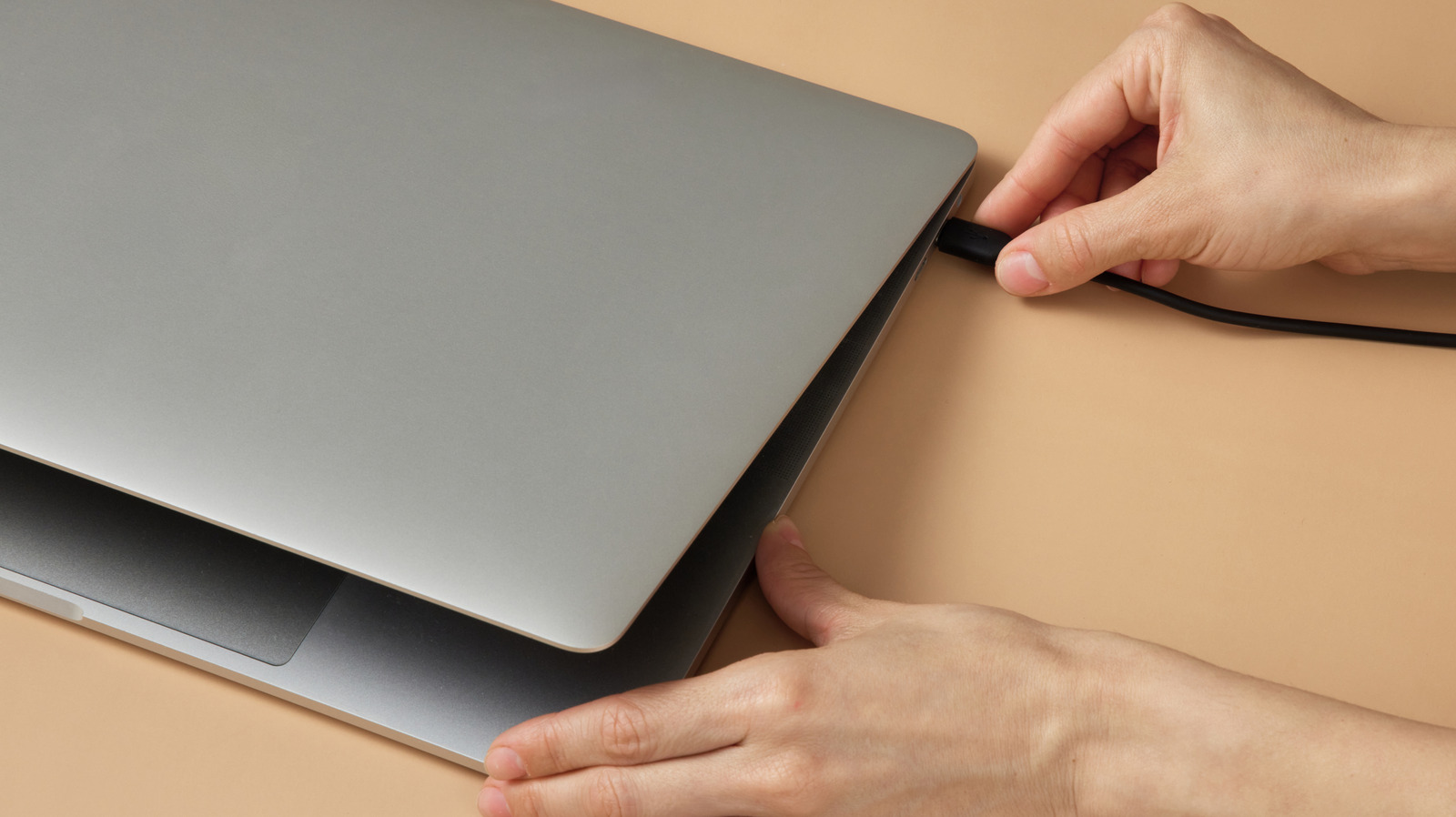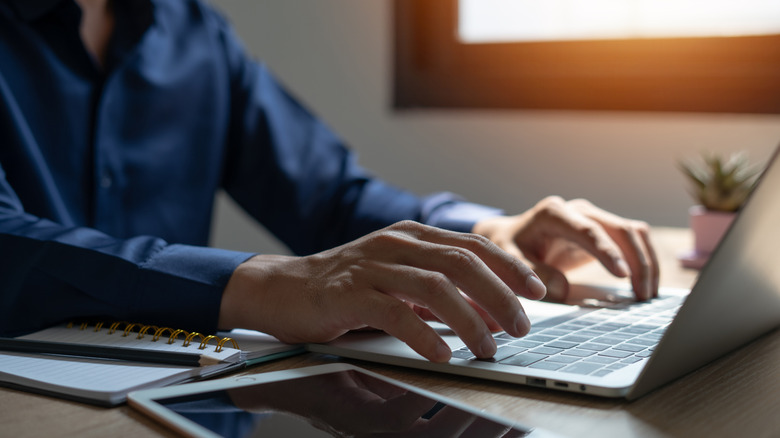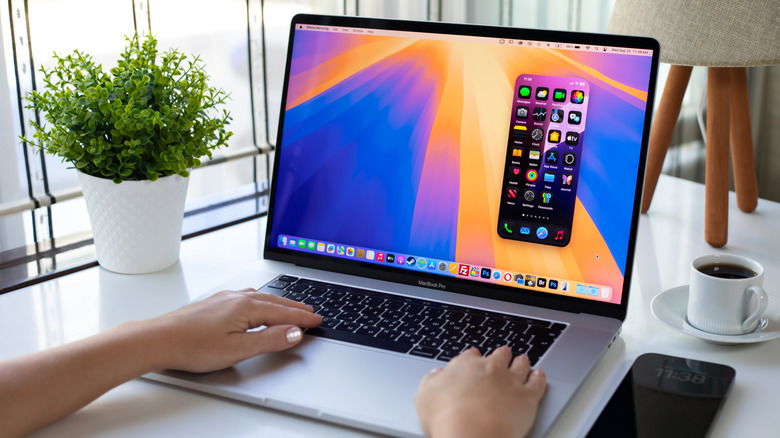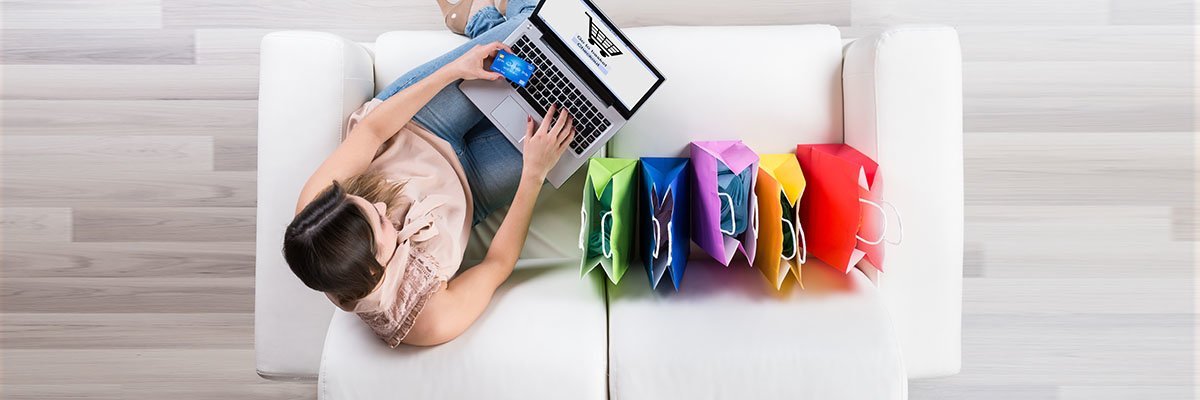Windows-powered laptops and Apple’s MacBook lineup are getting better and better at delivering enough battery life to get you through the average work or school day. That’s because manufacturers now utilize a number of power-saving optimizations built right into both operating systems. Whether you get a laptop from one of the 10 major PC brands like Dell or Asus, or go with something like a MacBook Pro M4, a few changes to your power settings and app usage can help you get even more out of every charge.
We’ll be covering two of these battery-saving methods today, both of which apply to Windows and macOS. These solutions include turning on low power mode and preventing power-hungry apps from eating up CPU resources. Without further ado, let’s take a closer look at where to find these battery-saving tools on your PC or Mac, and how to use them to get the most performance out of your laptop.
How to use your laptop’s built-in battery saver
If you’re the type of laptop user who needs to have multiple programs and tasks firing at once, one of the best ways to hang onto as much power as possible is to turn on your hardware’s battery-saver mode. For Windows devotees, this setting is called Energy Saver (formerly Battery Saver), while macOS users will know it as Low Power Mode.
Regardless of your operating system, they both essentially work the same. Once activated, Windows and macOS will start limiting background activities, and your laptop’s display should automatically dim. You will also stop receiving push notifications on any connected devices, and in some cases, your system CPU clock speed will be reduced. This method is particularly beneficial if you typically use your laptop for browsing the web, taking notes, streaming videos, and other lighter tasks.
To turn on Energy Saver in Windows, click the Start button > System > Power & Battery. If you need the setting enabled immediately, set the Always Use Energy Saver option to On. You can also click the battery icon on the notification panel and select the Energy Saver quick setting to turn the feature on. For macOS users, open System Settings, then click Battery. Low Power Mode is featured at the top of the menu, along with four dropdown options for when you’d like to activate the feature: Never, Always, Only on Battery, and Only on Power Adapter.
Shut down unused features and programs
One common cause of battery drain on a Windows laptop or MacBook is leaving unnecessary apps and connectivity options running. Disabling apps from launching at startup and turning off Wi-Fi or Bluetooth when not in use are great ways to extend your battery life.
To turn off Bluetooth or Wi-Fi for Windows users, you can access the Bluetooth and Wi-Fi settings by clicking the network icon in your taskbar. From there, you can click the Wi-Fi or Bluetooth icons to toggle them off. To kill two birds with one stone, you can also turn on Airplane Mode, and both will shut down. For macOS, click the Wi-Fi icon in the menu bar, then toggle the switch to turn it off. You can also click the Control Center icon to manually enable and disable both Wi-Fi and Bluetooth.
If you suspect that a particular app is the main culprit when it comes to battery consumption, both OS types let you track CPU and battery usage. On Windows, go to Settings > System > Power & Battery > Battery Usage. On macOS, launch the Activity Monitor app (located in Utilities), then click the Energy tab. Once you find the program draining your battery, you can close it or uninstall it if you don’t use it. To prevent apps from launching automatically when you power on your Windows laptop, open Settings > Apps > Startup. Find the app you want to prevent from auto-launching and set its toggle to Off. On macOS, click System Settings > General > Login Items, select an app under the Open at Login panel, and click the minus (-) button to remove it.











